About Solid Carbon
Solid Carbon is developing an offshore negative emissions technology that aims to turn carbon dioxide (CO2) into rock. Ocean Networks Canada is leading an international team of researchers committed to advancing technology to draw CO2 from the air and inject it below the seafloor into ocean basalt. There, it reacts with the basalt and mineralizes into rock, providing a durable and vast reservoir for removal of CO2 emissions. This ambitious project follows a globally scalable systems approach that is urgently required to meet planetary climate targets.

Why do we need Solid Carbon?
Solid Carbon is not a replacement for rapid CO2 emissions reductions. But it is now well recognized that, under all emissions reduction scenarios, negative emissions technologies must be included on a large-scale. Global deployment of the Solid Carbon solution is vital for the planet, environment and our future generations.
How Solid Carbon works
Solid Carbon is integrating six separate, yet proven technologies into a fully integrated system that will extract CO2 from the atmosphere through (1/6) Direct Air technology, installed on an (2/6) ocean floating platform, powered by (3/6) wind, solar, and/or thermal energy, and (4/6) injects the CO2 into the subsea floor (5/6) using offshore drilling technology, where it will (6/6) react with the basalt and mineralize into stable rock.
 Capture CO2
Capture CO2
Ocean floating platform technology, developed by the offshore energy sector, will house the Direct Air Capture technology. The renewable-energy powered platform will extract CO2 in-situ from the atmosphere at an ocean location where basalt occurs.
 Pump CO2 Below Seafloor
Pump CO2 Below Seafloor
Captured CO2 will be injected directly into the porous ocean basalt. Trapped by a naturally occurring ocean sediment layer above the basalt, the CO2 will have a security cap that is over 300m.
 CO2 Becomes Rock
CO2 Becomes Rock
Iceland’s CarbFix experiment proved that when CO2 is pumped into basalt on land, it reacts chemically and mineralizes into rock over a short time. 90% of the planet’s basalt lies beneath the ocean floor, presenting a compelling, permanent and irreversible solution for remediating decades of global carbon dioxide emissions.
The Solid Carbon Plan
Pre-Feasibility Study
CarbonSafe, a 2017 study funded by the US Department of Energy and led by Columbia University, conducted a pre-feasibility study to evaluate technical and nontechnical aspects of sequestering 50 million metric tons of carbon dioxide in a safe, ocean basalt reservoir offshore Washington State and British Columbia. CarbonSafe is the basis for Solid Carbon’s continued research.
Feasibility Study,
Development and Testing
Building on the results of CarbonSafe, in 2019 the four-year Solid Carbon feasibility study led by Oceans Networks Canada was announced by funder and partner, the Pacific Institute for Climate Solutions (PICS). Solid Carbon’s international team of researchers are working in three Activity areas of research.
Activity 1:
Activity 2:
Activity 3:
Field Demonstration
Solid Carbon seeks partners to fund a field demonstration at the Cascadia basin off Canada’s west coast. This is the best studied ocean basalt site on the planet and has been monitored in real-time by Ocean Networks Canada since 2009. This demonstration will prove that the ocean basalt is a safe and permanent removal situation, as the injected CO2 will mineralize into rock over a short time.
Wide-Scale Deployment
A successful demonstration will provide scientific evidence that Solid Carbon is “A Global Climate Mitigation Solution”. This will set the stage for rapid commercialization and global mass-scale deployment of the Solid Carbon solution needed for permanent CO2 removal. The success of Solid Carbon will also position Canada as a leader in international climate mitigation technology.
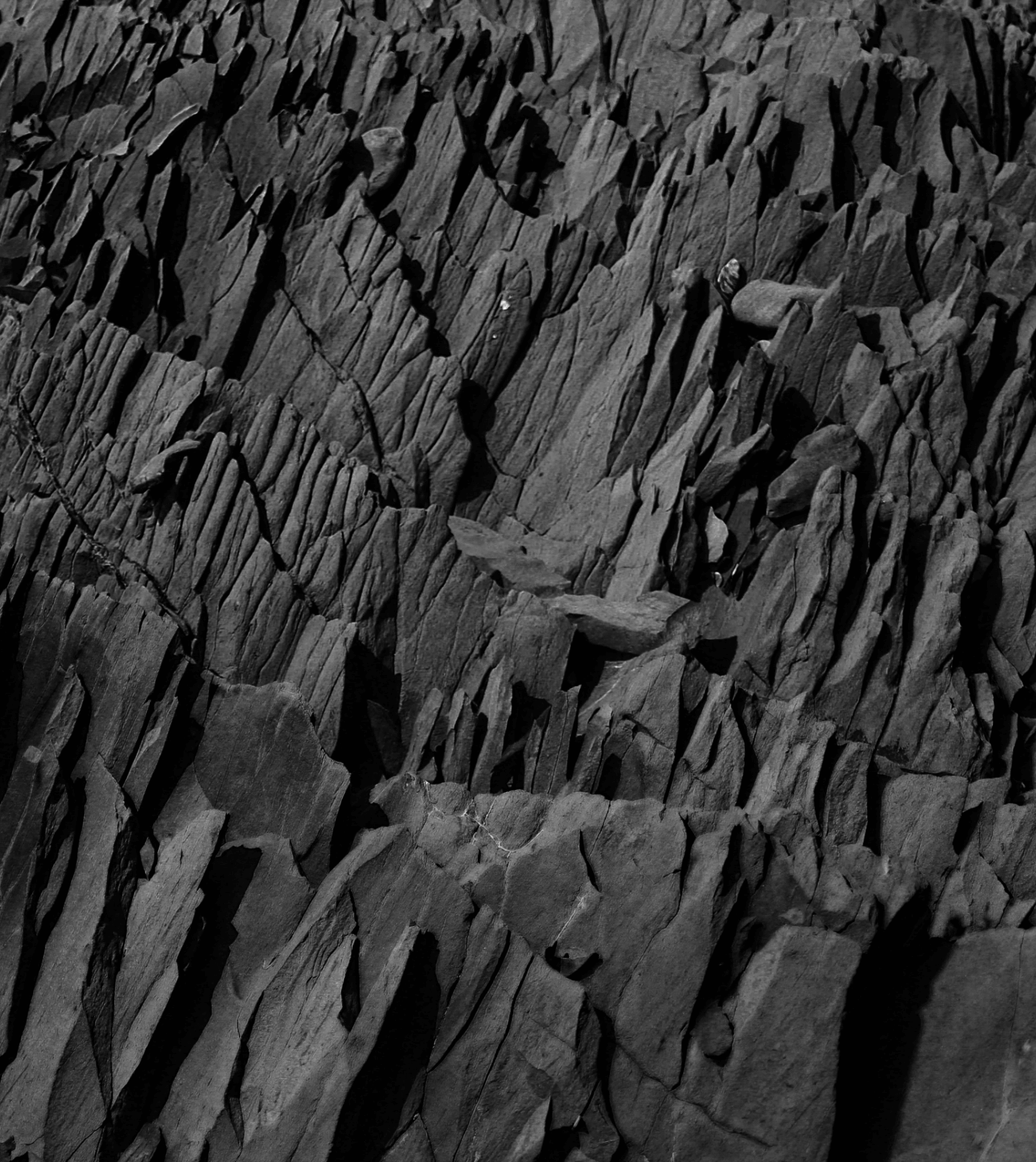
The Team
Solid Carbon: A Negative Emissions Technology brings together leading-edge researchers from Canada, the United States and Europe, all committed to advancing research and providing rock solid climate solutions.

Kate Moran
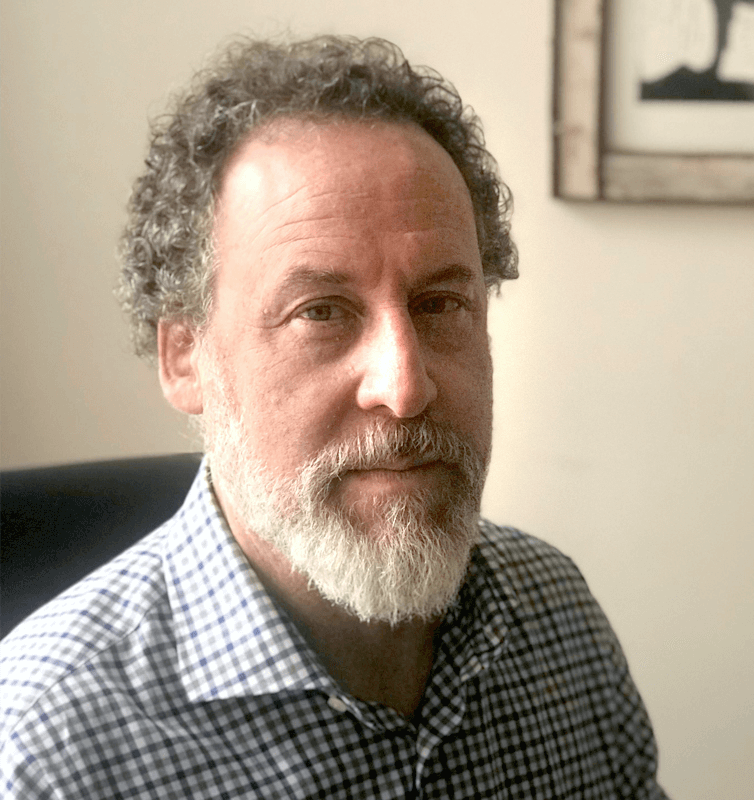
Dave Goldberg

Dr. Curran Crawford

Terre Satterfield

Dr. Devin Todd
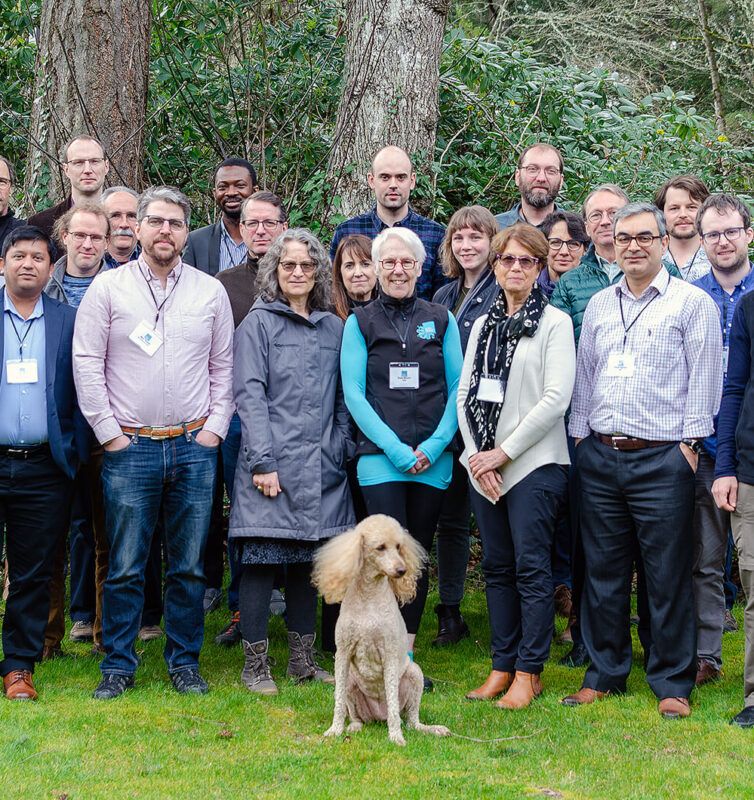
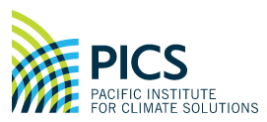


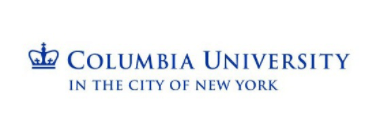
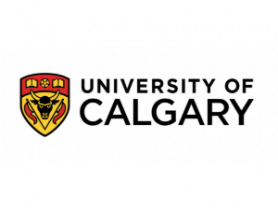

Stakeholders
Responding to climate change-related disasters—heat waves, extreme storms, coastal retreat, wildfires, ocean acidification, loss of drinking water and mass migrations—costs hundreds of billions of dollars globally. Advancing Solid Carbon to a demonstration phase will accelerate Canada’s climate action plan by putting the nation on a path to attain its goal of net-zero emissions before 2050. The next decade will see carbon removal become a mainstream industry and a global economic opportunity. By leveraging the federal government’s 15-year investment in Ocean Networks Canada’s infrastructure, Canada is uniquely positioned to take the lead in this evolving, but rapidly growing industry. Taking such a leadership role, Canada will instill confidence in its citizens, voters, businesses and their customers’ that, with our global partners, we can meet the 1.5-degree Celsius climate scenario requirements.
In the News
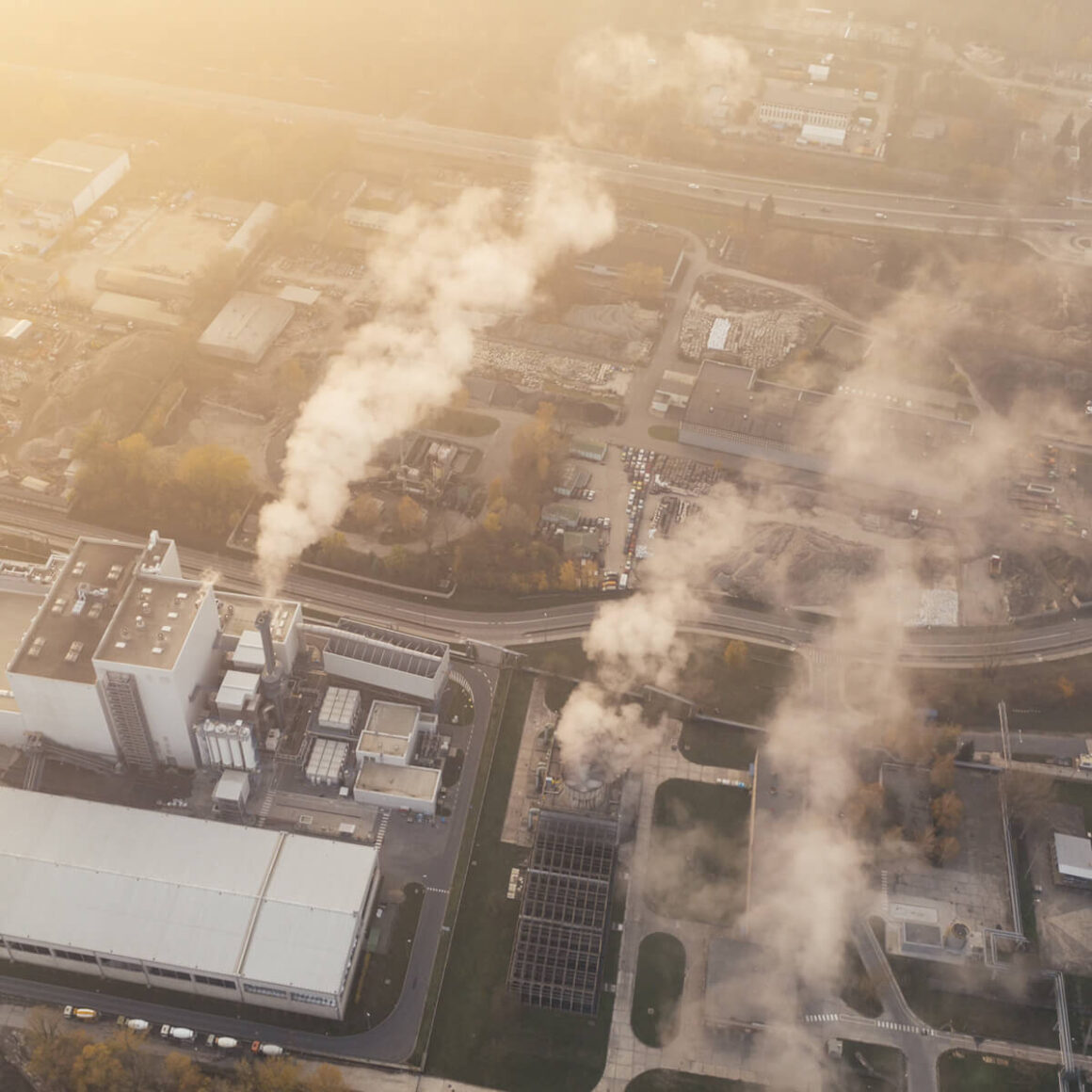
Solid Carbon—A Climate Mitigation Partnership Advancing Stable Negative Emissions
FAQs
What are negative emissions and Negative Emissions Technologies (NETs)?
The concept of negative emissions is the idea of pulling out more carbon dioxide (CO2) from the Earth’s carbon cycle than what we introduce. Negative Emissions Technologies (NETs), which can also be called carbon dioxide removal (CDR), is the suite of solutions which remove CO2 from (typically) the atmosphere and permanently stores it. They are distinct from other climate mitigation actions which are limited to only emissions reductions or decarbonization like CO2 capture at fossil power plants.
Why are Negative Emissions Technologies needed?
The Paris Agreement aims to limit average global temperature rise to less than 1.5°C. We need Negative Emissions Technologies because it is too late to simply reduce our emissions and expect this limit to occur. We will need hundreds of billions of tonnes of CO2 (100’s of GtCO2) removed from the atmosphere cumulatively by the year 2100. Exactly how much will depend on how quickly we can reduce our emissions in the nearterm. The sooner we can build Negative Emissions Technologies alongside emissions reductions and decarbonization, the better.
What is Solid Carbon’s vision? What makes Solid Carbon unique?
Solid Carbon aims to reverse the effects of anthropogenic global warming and climate change by permanently removing CO2 from the global carbon cycle via a scalable Negative Emissions Technologies solution. Unlike other sequestration options which inject CO2 into saline aquifers or depleted hydrocarbon reservoirs, Solid Carbon makes use of the world’s largest possible reservoir for CO2 sequestration—ocean basalt. Solid Carbon is scalable and has global distribution potential. It harnesses abundant offshore wind energy, is self-contained, and avoids land-use competition.
How much CO2 can Solid Carbon capture?
Solid Carbon has few technical limitations and could scale to many GtCO2 capacity globally. Local limitations are based on available renewable energy and sequestration reservoir capacity. A part of the Juan de Fuca Plate (Cascadia) alone, about twice the size of Canada’s Vancouver Island may have the potential to provide safe storage for 20 years worth of global carbon emissions. The Solid Carbon team is presently developing a modelling framework to estimate global potentials and optimum system configurations.
How long does it take for CO2 to turn into rock?
In 2012, a team of international researchers and engineers injected a small amount of CO2 into porous basalt on land at a test site in southwest Iceland. Within two years, most of the CO2 had reacted to become carbonate rock. This was showcased at the World Economic Forum and published in Science. The Solid Carbon team is presently developing geochemical modelling and experiments to estimate outcomes for an ocean basalt demonstration at the Cascadia Basin off the west coast of Canada. 90% of the basalt on the planet is in the ocean.
Is the captured CO2 being used for fossil fuel production?
No. Solid Carbon does not support fossil resource extraction or enhanced hydrocarbon recovery. It intends to adapt the energy sector’s expertise and technology towards positive climate action through re-conversion from extraction to injection. Our vision is a socially-responsible transition of energy expertise, to new cleantech careers.
Is the offshore sequestration of CO2 permitted by international treaties?
Disposal-at-sea is governed by “London Convention on the Prevention of Marine Pollution by Dumping of Wastes and Other Matter” (London Convention), and the “1996 Protocol to the Convention on the Prevention of Marine Pollution by Dumping of Wastes and Other Matter, 1972” (London Protocol). The original convention did not anticipate subseafloor CO2 sequestration. Environment Climate Change Canada is working on implementing the London Protocol which allows for sub-seabed storage of CO2 and for trans-boundary movement of CO2 for storage.
What is Solid Carbon’s current status?
Solid Carbon is in the process of a four-year funded desk study, lab experiments and modelling. The outcomes will be a demonstration plan at Canada’s Cascadia Basin, a preliminary engineering and design assessment of a Cascadia production system, and a technical, regulatory, and social framework for expanding globally. Solid Carbon is in the process of raising funds for the demonstration.
Why does Solid Carbon need a demonstration?
A demonstration of sequestering a small amount of CO2 into ocean basalt will serve as a proof-of-concept and advance our scientific knowledge. Based on prior experience with geosequestration of CO2 on land, we can be confident of permanent containment; but we stand to improve our knowledge on the speed and extent of mineralization. The knowledge gained through a demonstration will be invaluable to future site identification and system designs.
What research objectives and uncertainties will a demonstration address?
A demonstration will refine our performance estimates, and inform future site developments. The demonstration will validate our injection and monitoring strategies, reveal the extent of subsurface CO2 propagation, and quantify the scope and speed of mineralization. The demonstration may also inform estimates of overall capacity, establish per-wellhead parameters necessary for injection network design, and develop the technology supply chains for subsequent development.

